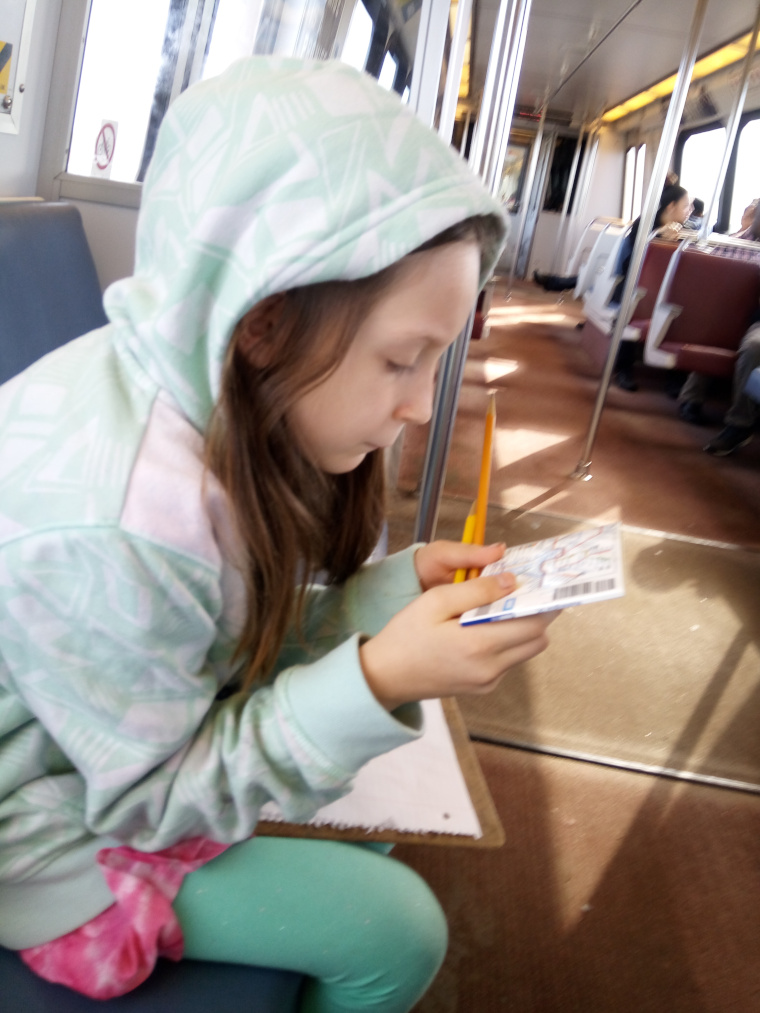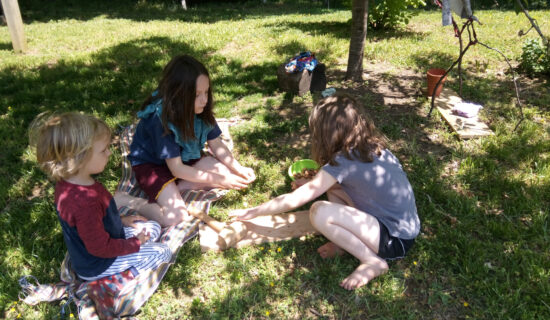
Project-Based Learning: Ideas for Getting Started
After school, we all continue to learn. As adults who are done with academia or as kids who are running out of the school building, we continue to learn. Learning is not a question of if or when, it is a question of what and how.
Because of our fancy human brains, we’re taking in information and learning all the time. When left to our own devices, or when trying to be productive in the adult world, we use more learner-led and project-based styles. We decide what to do and how to do it.
If your children haven’t been in a school where they’re always told what to do for too long, they will easily transition to this type of learning. If they are very ‘schooled,’ you may have to give some ideas and encouragement and a lot of field trips and discovery days before they feel the constraints fall away.
Here are some ideas to get them started:
- Have a READING FRENZY. In a reading frenzy, a whole slew of high-interest books is placed in a central location around comfortable seating. The books could comprise a certain area of study or they could be completely random. Books with lots of pictures, call-outs, insets, and a structure work better than books with lots of words. The idea is to grab a book, look at it as long as you like, then grab another. We’re not reading chapters here, we’re skimming and scanning for stuff that lights our learning fires.
- Go on a FIELD TRIP EVERYDAY or many days each week. These can be involved, like going downtown to a museum, or very, very simple, such as walking to the park with a picnic. Get field trip ideas here. The trick is not to think of anything as ‘not educational enough’ and to do new things, not things you have done many times. We’re trying to shake ourselves out of a thinking and being rut.
- Explore the work of CAREERS FROM 100 YEARS AGO. The idea is not to limit ideas or to study history, but to identify interesting things that our youth can do now that adults have found fulfilling forever. So many careers today are about moving information around, moving money around, or managing people and machines. We do a lot of sitting at computer. To see many of us at work today is often not inspirational. But the butcher, baker, and candlestick maker are cool. A mail carrier, writer, farmer, or doctor are all things we can PLAY. Kids play our livelihoods out because they know that’s where the meaning is. Even an 8-year-old can bake bread for neighbors or spend an afternoon dipping candles.
Once they have some experience and feel more openness about the wide world around them, children will start to identify tracks that interest them.
Starting a Project
Project-based learning means rolling most or all subject matters into one big project. Instead of studying discrete subjects, the learner works on a larger project that itself encompasses a well-rounded education. It’s authentic learning; it’s learning the way we do as adults at work.
In project-based homeschooling that is learner-led, you set your children free to pursue their own interests and create something cool for their own purposes. Basically, you are attempting to treat your children—in their schooling–as if they were (admittedly needy) adult friends with lots of hobbies and interests. The ideas above should open some doors and possibilities so that they can identify a project that interests them.


